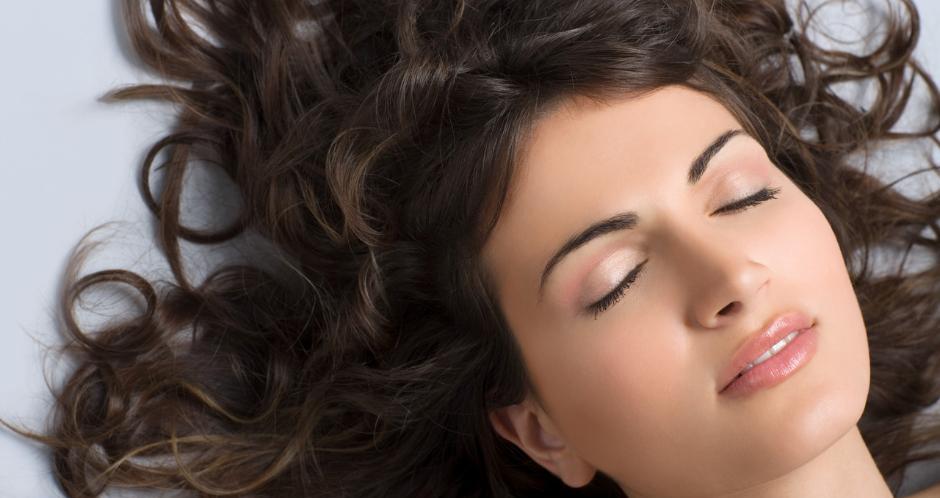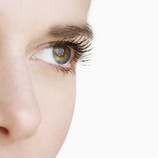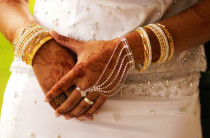Eyebrow Threading:
Originating in parts of India and the Middle East, threading is an ancient form of hair removal. Threading has seen a recent surge in popularity mostly due to being an inexpensive and natural alternative to previous methods of waxing and tweezing. Not only limited to eyebrows, threading can be an effective method for hair removal on lips, chins and arms. Threading eyebrows, however, is the more popular form. Not any more painful than waxing, threading takes more hairs at once and quickly removes them from their roots. Using a double strand of 100 percent cotton thread and twisting unwanted hairs, you can obtain a more precise and less messy result than other typical methods.
Henna:
Henna tattoos are a fun and safe way to explore body art without pain or commitment. Henna is a natural substance that's been used for centuries to create beautiful, temporary designs
on the
body - an art form that is called Mehndi (or Mehandi). Mehndi has been a long-standing tradition stemming from many ancient cultures dating back as far as about 5,000 years, but is most known today
for its history in India. Today, henna tattoos are still used in religious and wedding ceremonies in India, but has also gained appreciation in other countries as a beautiful art to be appreciated at
any time. So, what exactly is henna and where does it come from?
Henna's Origins:
Henna powder is derived from a plant (actually a bush), lawsonia inermis, commonly found in the Middle East and other areas where the climate is hot and dry. The bush is harvested, dried, and then crushed to make henna powder. Henna itself is used for many things such as hair treatment, heat rash relief, and skin conditioner to name a few. The top leaves of the plant are best for Mehndi, while the lower part of the plant is used for the other purposes. Henna paste is what is made to apply henna art designs.
Henna Designs:
Most who are familiar with henna have seen the traditional designs. These beautifully intricate patterns are similar to those used for the marriage ceremonies and other rituals. They usually adorn the hands and feet of the wearer, and require that they remain still for many hours to apply the paste, and then allow it to dry. Henna color has been known to take best to the hands and feet due to their dry properties which soak up and hold the color better, but henna can be applied anywhere. How well your skin takes to the henna will depend on each individual's skin properties.
Today, henna has been done in many forms including more contemporary designs. Some contemplating a permanent tattoo might apply henna first to see if they like the look before making a permanent decision. Some just enjoy having a temporary design they know will wash off in a few weeks. Whatever your reasons might be for being interested in henna, you are delving into a beautiful form of art rich in culture.



